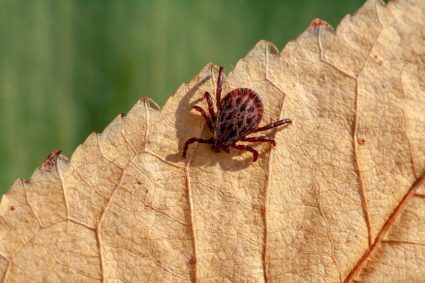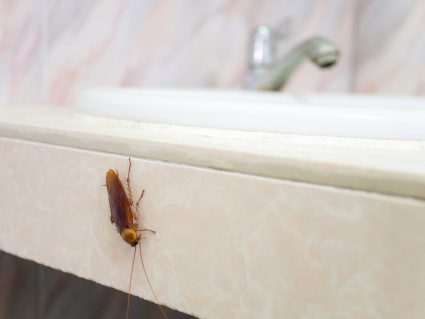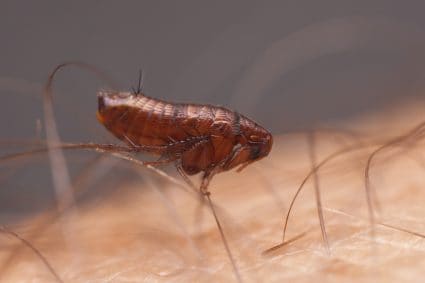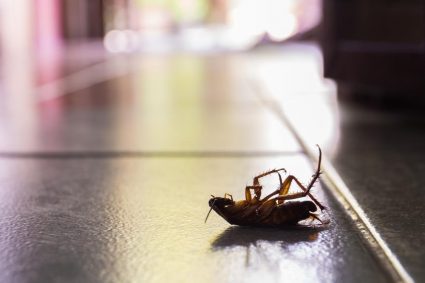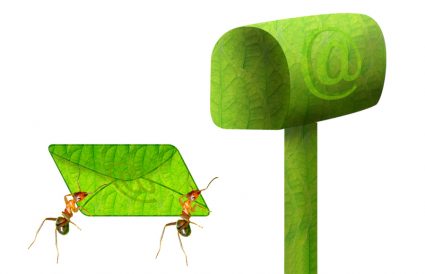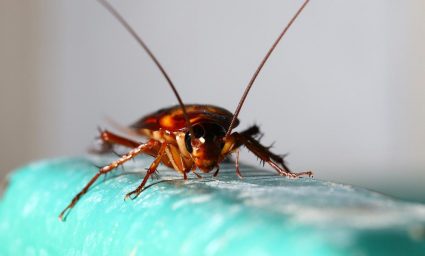
Understanding how flies reproduce in the house can be the first step towards preventing and controlling a fly infestation. Houseflies, or Musca domestica, are not just annoying – they can also pose a health risk as they are known to carry at least 65 diseases, including typhoid fever, dysentery, cholera, and food poisoning.
Houseflies reproduce through sexual reproduction. After mating, female houseflies lay their eggs, usually in batches of up to 150, in warm, moist areas such as garbage or animal feces. These eggs hatch into larvae, or maggots, which then pupate and emerge as adult flies. Under optimal conditions, the entire life cycle can be completed in as little as seven to ten days. Each female housefly can lay between 350 to 900 eggs in her lifetime, leading to rapid population growth.
Life Cycle of a Housefly
The life cycle of a housefly consists of four distinct stages: egg, larva, pupa, and adult.
- Egg Stage: A female housefly can lay up to 150 eggs in a batch, and produce five or six batches of eggs over a few days. Housefly eggs resemble individual grains of rice and hatch within a day.
- Larva Stage: The eggs hatch into larvae, also known as maggots. These legless, white insects feed from the egg-laying site for three to five days, molting several times during this period.
- Pupa Stage: After the larval stage, maggots choose a dark place to pupate. The pupae develop legs and wings over the course of three to six days, ultimately emerging as full-grown houseflies.
- Adult Stage: Within two to three days, female houseflies are capable of reproduction. The life expectancy of a housefly is generally 15 to 30 days, depending on environmental conditions.
Under optimal conditions, such as a warm summer, the entire life cycle of a housefly can be completed in as little as seven to ten days.
Housefly Reproduction
Houseflies reproduce through sexual reproduction. The process begins with a female housefly emitting pheromones to attract a male. After mating, the female lays her fertilized eggs in warm, moist areas such as garbage, animal feces, rotten food, or carrion.
Each female housefly can lay between 350 to 900 eggs in her lifetime, which typically lasts around 1 to 3 months. This rapid reproduction rate allows for 10 to 12 generations of houseflies per year.
Conditions Favorable for Housefly Reproduction
Conditions favorable for housefly reproduction in a house include availability of decaying organic matter, damp and dark surfaces, warm temperatures, and moist breeding sites. To minimize housefly reproduction in a house, it is essential to maintain proper sanitation, remove decaying organic matter, and ensure that potential breeding sites are kept clean and dry.
Preventing and Controlling Housefly Reproduction
To prevent or control housefly reproduction, you can follow several methods such as maintaining cleanliness, sealing any openings in your home, using non-chemical measures, introducing natural predators, using natural repellents, setting up homemade fly traps, and using chemical insecticides as a last resort.
Risks Associated with Housefly Infestations
Housefly infestations in homes pose several risks to human health, as they are known to transmit at least 65 diseases. Some of the most common diseases spread by houseflies include typhoid fever, dysentery, cholera, poliomyelitis, yaws, anthrax, tularemia, leprosy, tuberculosis, food poisoning, diarrhea, and salmonella.
Common Misconceptions about Housefly Reproduction
Common misconceptions about housefly reproduction include flies only live for 24 hours, flies are always dirty and spread diseases, all flies are the same, flies reproduce asexually, and flies lay eggs in any environment. By understanding the actual reproduction process and lifecycle of houseflies, it becomes easier to manage their population and control infestations effectively.
Impact of Housefly Reproduction on Their Population
Housefly reproduction can significantly impact their overall population in a house due to their rapid life cycle and high reproduction rate. This can lead to increased nuisance and potential health risks for humans and animals living in the house.
Understanding how flies reproduce in the house is the first step towards effectively controlling their population. By maintaining a clean and sanitary environment, and being vigilant about potential breeding sites, we can keep our homes fly-free.

